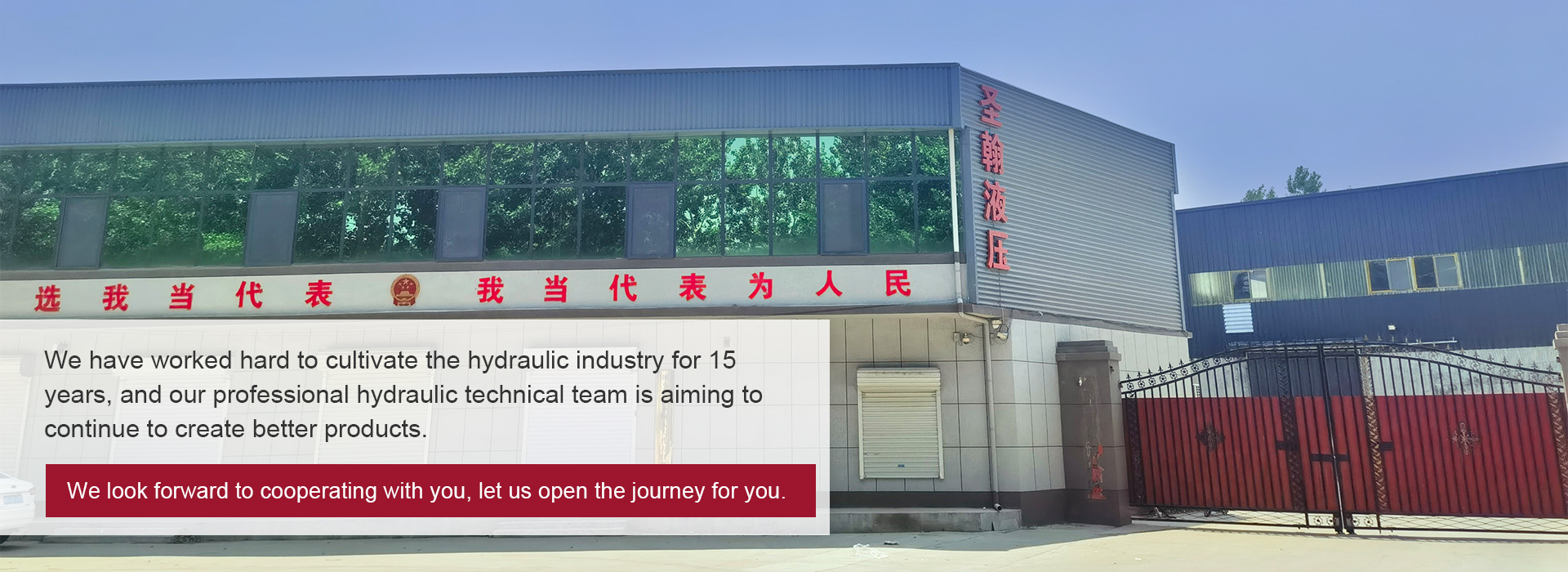Nov . 18, 2024 20:14 Back to list
Single Hydraulic Cylinder for Efficient Power and Performance in Various Applications
The Single Hydraulic Cylinder A Vital Component in Modern Machinery
In the realm of industrial machinery and equipment, hydraulic systems play an essential role in a variety of applications, from manufacturing lines to construction sites. Among the various hydraulic mechanisms, the single hydraulic cylinder stands out as a pivotal component that harnesses the power of hydraulic fluid to convert fluid energy into mechanical work. This article discusses the design, functionality, applications, and advantages of single hydraulic cylinders, shedding light on their significance in today’s technology-driven world.
Understanding the Basic Design
A single hydraulic cylinder typically consists of three main components a cylindrical barrel, a piston, and hydraulic fluid. When hydraulic fluid is pumped into the cylinder, it exerts pressure on the piston, causing it to move linearly. This linear movement can be harnessed to perform various tasks—lifting heavy objects, pushing components, or creating forceful impacts. The simplicity of the design, along with its robust performance, makes the single hydraulic cylinder a preferred choice in many situations.
How it Works
The operation of a single hydraulic cylinder is grounded in Pascal’s law, which states that pressure applied to a confined fluid is transmitted undiminished in all directions. The efficiency of a single hydraulic cylinder lies in its ability to generate a significant amount of force from a relatively small input of energy.
When the hydraulic fluid enters the cylinder, it takes on a specific pressure, which is contingent upon the size of the piston. The larger the piston’s surface area, the greater the output force produced. For this reason, single hydraulic cylinders are designed in various sizes to suit different levels of required output force—ranging from a few tons in light-duty applications to several hundreds of tons in heavy machinery and construction work.
Applications Across Industries
Single hydraulic cylinders are versatile and find applications across multiple industries, including
1. Construction In construction equipment like excavators, backhoes, and cranes, single hydraulic cylinders are critical for lifting heavy loads and providing the necessary lifting force to move materials.
2. Manufacturing In manufacturing processes, these cylinders are often used in assembly lines for stamping, clamping, and press operations. Their ability to exert consistent pressure and perform repetitive actions makes them invaluable in ensuring precision manufacturing.
single hydraulic cylinder product

4. Agriculture Agricultural machinery such as tractors and harvesters utilize single hydraulic cylinders to perform a variety of tasks, including lifting attachments, moving implements, and adjusting implements' height.
5. Aerospace In the aerospace industry, hydraulic cylinders are used for various applications, including controlling landing gears and wing flaps, underscoring the reliability and strength required in high-stake environments.
Advantages of Single Hydraulic Cylinders
The single hydraulic cylinder comes with several advantages that contribute to its widespread use
- High Efficiency They can generate large forces with minimal input, making them energy-efficient solutions for heavy-duty tasks.
- Simplicity Their straightforward design allows for easier installation and maintenance compared to more complex hydraulic systems.
- Durability Built to withstand significant wear and tear, single hydraulic cylinders often have a long operational life with proper maintenance.
- Precision Control Operators can achieve precise control over the cylinder's movements, allowing for intricate tasks that require careful handling.
Conclusion
In summary, single hydraulic cylinders are an indispensable element of modern industrial operations. Their ability to convert hydraulic energy into mechanical force quickly and efficiently makes them vital across various sectors. As industries continue to evolve and demand higher levels of efficiency and safety, the role of single hydraulic cylinders will undoubtedly expand, reinforcing their status as a cornerstone of mechanical engineering. Understanding their functionalities and applications ensures that engineers and operators can utilize these powerful devices to their fullest potential, driving innovation and enhancing productivity across the board.
-
Fork Lift Power Units - Hebei Shenghan | Efficiency, Reliability
NewsJul.13,2025
-
1.5-Ton Turbocharged Cylinder-Hebei Shenghan|Hydraulic Solution,Energy Efficiency
NewsJul.13,2025
-
Auto Hoist Power Units-Hebei Shenghan|Efficiency&Industrial Lifting
NewsJul.13,2025
-
Double Acting Power Units-Hebei Shenghan|Hydraulic Solutions,Industrial Efficiency
NewsJul.13,2025
-
1.5 Ton Lifting Cylinder 70/82-40-290-535 - High-Performance Hydraulic Solution | Hebei Shenghan
NewsJul.13,2025
-
Fork Lift Power Units - Hebei Shenghan | Efficiency&Reliability
NewsJul.13,2025
